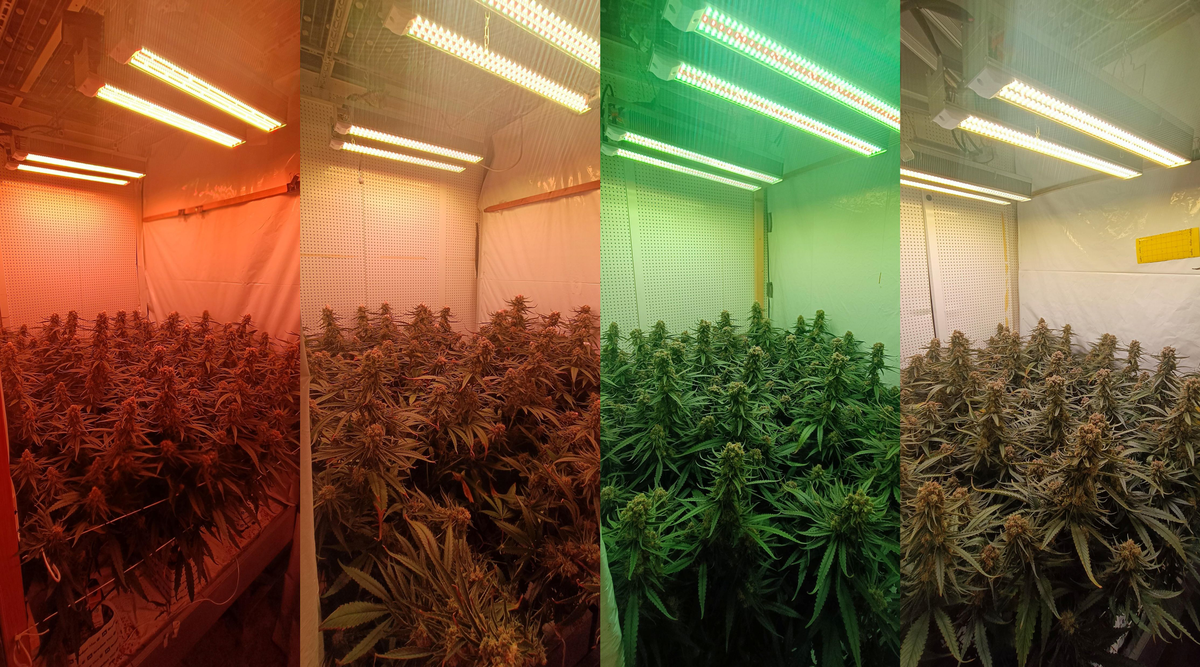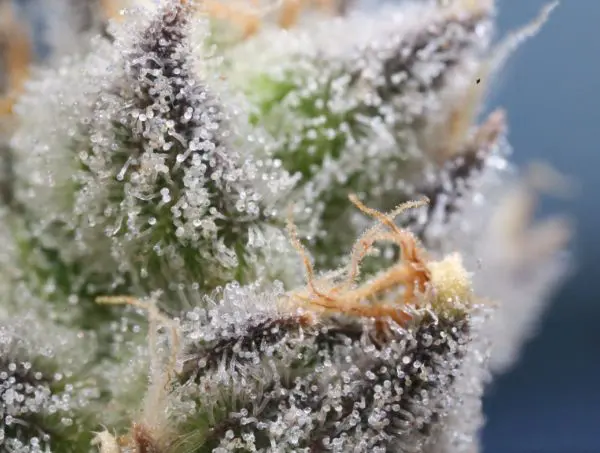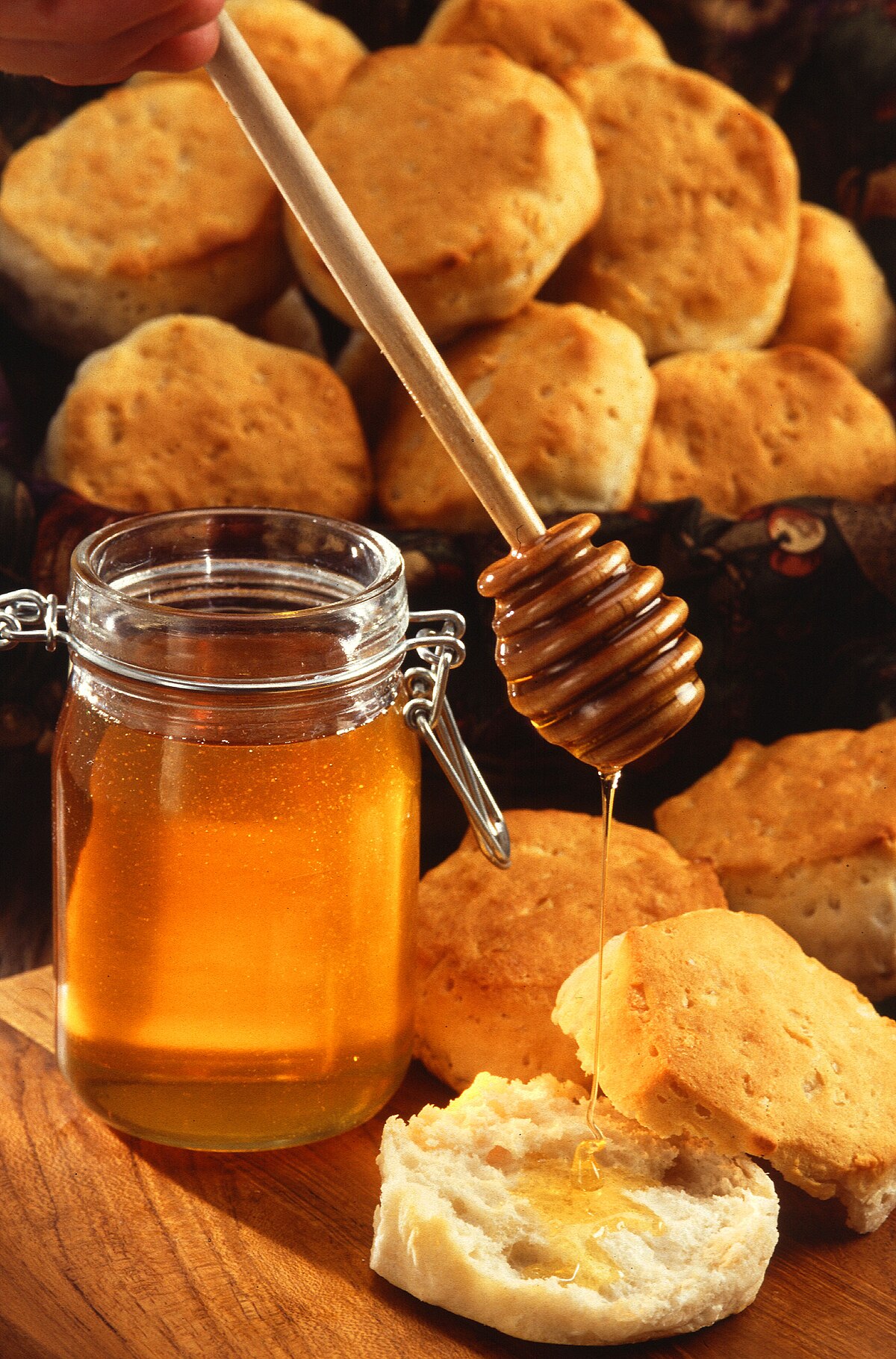Has anyone used Microbe Hydroponics "Terps Plus?" I'm curious because I'm not finding many reviews and it's listed as a "Natural" product.
I was hoping you were using leaf mold or similar. I've noticed some folks using EM-1 and it's really not necessary and rather expensive. 6 months is a very long wait time for me. heh
6 months is a very long wait time for me. heh
I was hoping you were using leaf mold or similar. I've noticed some folks using EM-1 and it's really not necessary and rather expensive.









 lurk mode activated
lurk mode activated 

